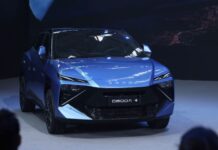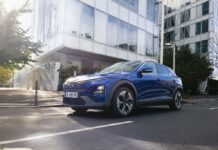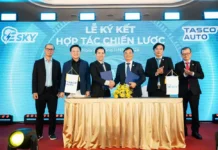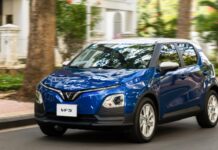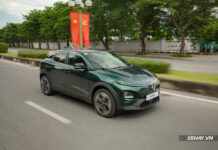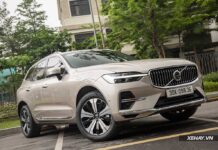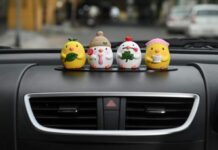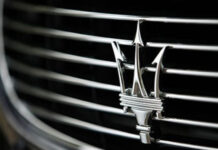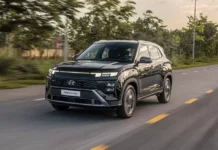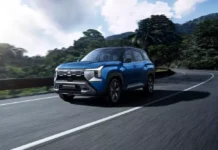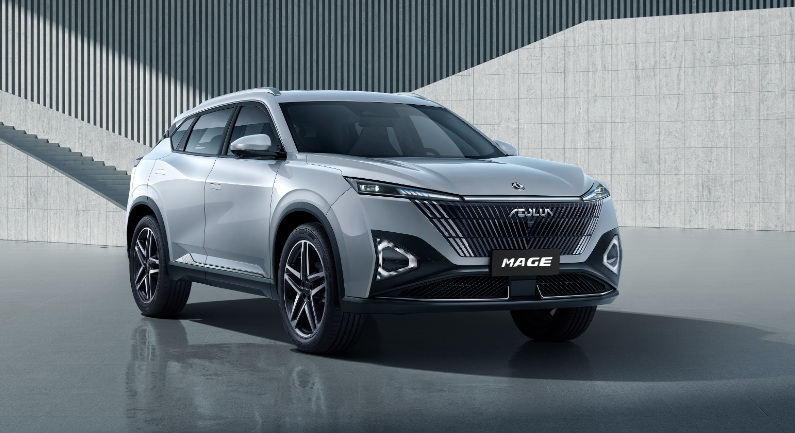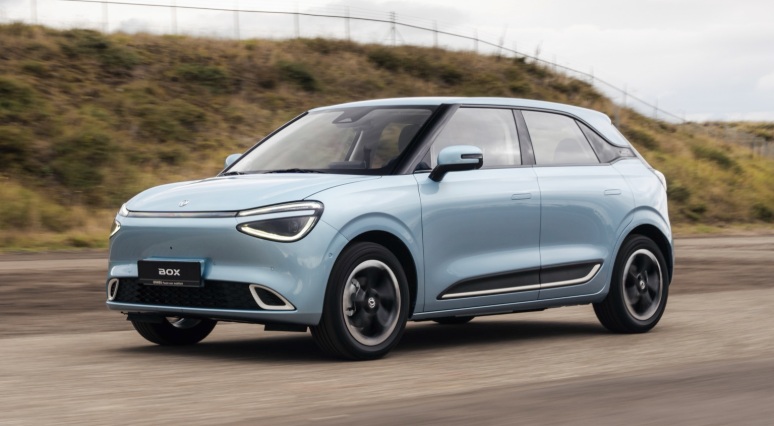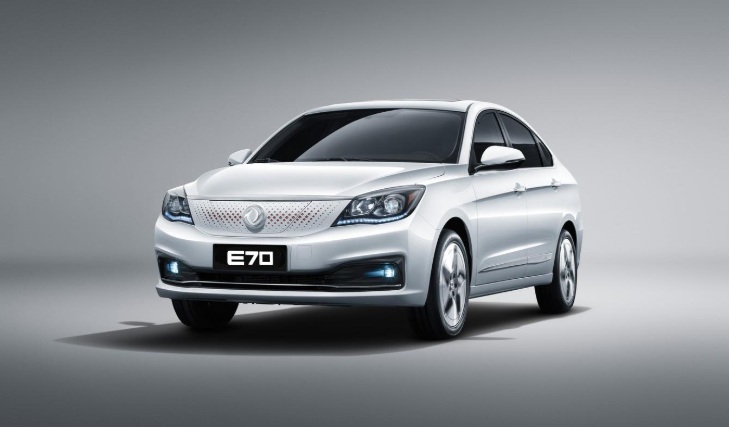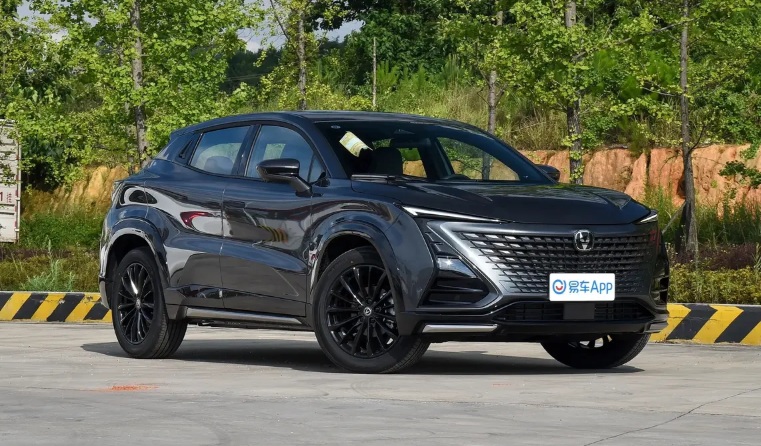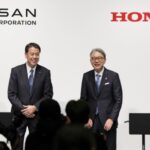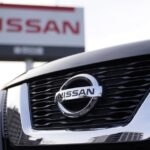In recent developments, several subsidiaries of Dongfeng Motor Group and China Southern Industrial Group (CSGC, the parent company of Changan Motors) have simultaneously announced discussions regarding restructuring with other state-owned enterprises (SOEs).
However, this restructuring does not alter the ownership structure, particularly with the controlling shareholder remaining the State-owned Assets Supervision and Administration Commission (SASAC), governed by the Chinese government.
Analysts suggest that if Dongfeng and Changan were to merge, their combined annual sales could surpass 4.5 million vehicles, outpacing BYD. The realignment of Dongfeng and Changan aligns with SASAC’s recent efforts to optimize state-owned enterprises, reducing internal competition and fostering specialization in specific areas of governance.
However, due to differences in foundational structures, a merger between Dongfeng and Changan would undoubtedly face challenges and risks. Presently, Dongfeng operates as an independent state-owned enterprise, whereas Changan falls under the purview of CSGC.
Furthermore, both Dongfeng and Changan boast robust brand histories and overlapping vehicle models across segments, which could lead to managerial complexities.
While a merger seems unlikely, the formation of a strategic alliance is possible, focusing on collaboration in areas such as R&D, supply chains, and international market expansion. This operational procedure is akin to the current Renault-Nissan-Mitsubishi alliance.
Both Dongfeng and Changan fell short of their 2024 sales targets. Specifically, Dongfeng aimed to sell 3.2 million vehicles but managed only 1.89 million, a 9.2% decline from the previous year. For 2025, the company has set a target of 3 million vehicles, including over 1 million NEVs and 500,000 exports.
Changan, on the other hand, targeted 2.8 million sales in 2024 but delivered only 2.68 million, a 14.79% increase. For 2025, Changan aims to sell 3 million vehicles, representing a 12% growth rate, with 1 million NEVs and 1 million exports.
Currently, China’s automotive industry faces intense competition from domestic startup automakers. State-owned enterprises are also under pressure to adapt to the transition to new energy vehicles.
TH (Tuoitrethudo)
The Great Automotive Divide: Nissan Cuts 9,000 Jobs Post-Honda Merger Collapse
Nissan has embarked on a strategic path to reduce costs and boost operational efficiency. In the wake of the collapsed merger with Honda, Nissan is trimming its workforce while simultaneously seeking new partners. The Japanese automotive brand is determined to streamline its operations and forge ahead with renewed vigor.


